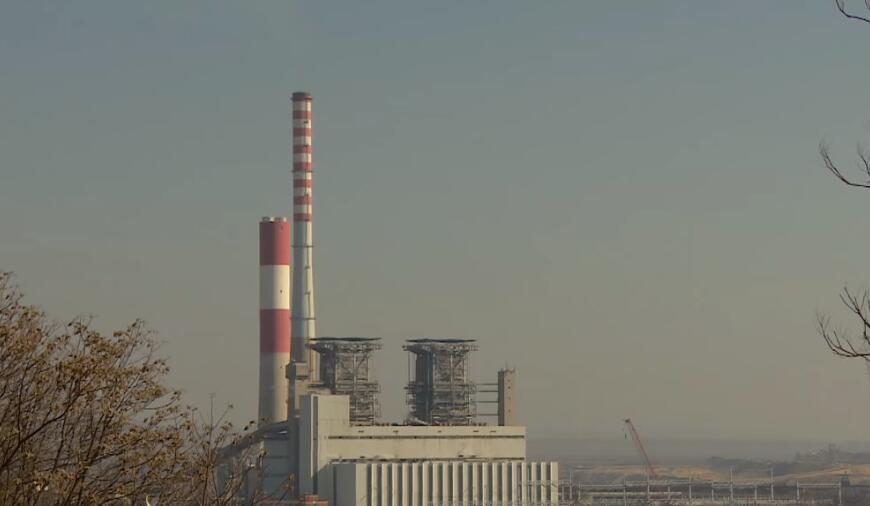New Kostolac Thermal Power Plant Block: Hero or Expense?
Vidovdan, a day of deep historical and spiritual significance for the Serbian people, brought big news this year – the usage permit for the new Block 3 of the Kostolac Thermal Power Plant, known as System 50, has finally been issued. The Ministry of Construction, Transport, and Infrastructure of the Republic of Serbia confirmed that the project was completed within the legal deadline, and the President of Serbia, Aleksandar Vučić, awarded the project manager Željko Lazović with the Vidovdan Order for his exceptional contribution to the national energy system.
The heart of the new power plant and a symbol of energy stability?
The new block of the Kostolac Thermal Power Plant represents the heart of the new plant and is hailed as a symbol of Serbia’s energy stability. But is it really so? The project is praised as a significant step forward in improving the national energy system, but many question how efficient and cost-effective this project really is in an era when the world is gradually turning away from fossil fuels.
Why is this project important?
The Kostolac Thermal Power Plant is one of the pillars of Serbia’s energy infrastructure. The new Block 3, known as System 50, is expected to increase capacity and provide more stable electricity supply. Investments in such projects are often presented as guarantees of energy independence and security, a topic of national importance.
But at what cost?
Although details about the total costs of the project are rarely disclosed publicly, it is known that such projects are extremely expensive and require years of work and huge resources. In an era when the world is shifting towards renewable energy sources, the question remains whether investing in coal-fired power plants is still a smart move or just a waste of money.
Awarding the project manager – a symbol of success or political play?
President Vučić personally awarded Željko Lazović, the project manager, with the Vidovdan Order. While some see this as recognition of success and contribution to the national energy system, others criticize it as just another political move in a year when Serbia faces numerous economic and social challenges.
What do experts say?
Official statements praise the project as proof of successful cooperation between institutions and experts, but independent analysts warn of potential risks and long-term consequences. Serbia’s energy policy, with such projects, may remain stuck in the past while the world rapidly changes.
Conclusion: Hero or Expense?
The new block of the Kostolac Thermal Power Plant is certainly an important infrastructure project for Serbia. However, the question remains – is it a symbol of energy stability or just another expensive and outdated project that will cost Serbia more than it will bring benefits? While the government boasts, citizens and experts look skeptically at the future of energy in the country.
What do you think? Is investing in thermal power plants still the right path, or is it time for a serious energy revolution? Drop a comment and let’s see who’s for and who’s against!**
















